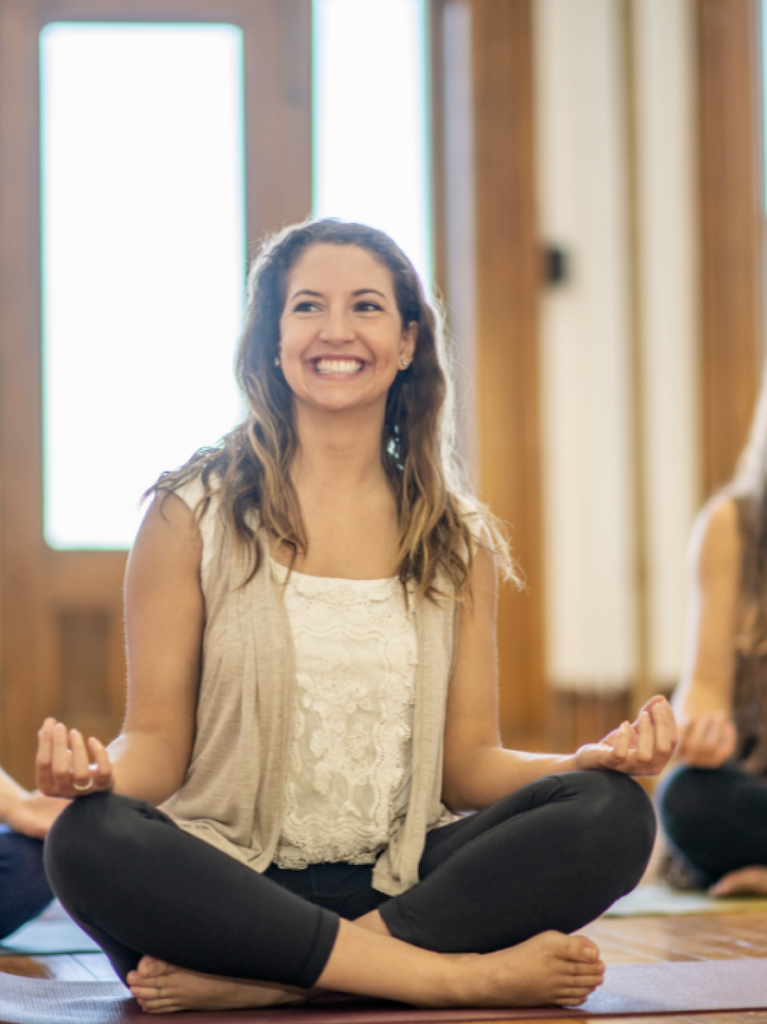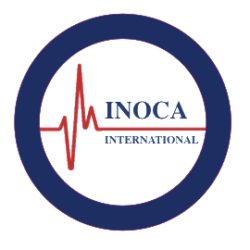
Resting and Pacing
“Nowadays I have to pace myself better and take lots of rests to be able to do the things I want to do”
An INOCA patient
Learning to pace yourself can be very difficult, especially if you were fit and active before INOCA. But learning to pace yourself well and learning to rest as and when you need to, can really make a difference for some INOCA patients.
On this page you will find articles from our INOCA International quarterly newsletter discussing the potential benefits of Pacing and Resting. You will also find personal INOCA patient submissions to this interactive page. These include a patient article about the obstacles encountered in attending a concert, a short video from an INOCA patient sharing some of the things she does to help pace herself during her day and 3 audio tracks. You can submit your own articles, ideas, thoughts and suggestions for consideration by emailing us at livinglifewithinoca@inocainternational.com
IMPORTANT NOTE
Please remember that all the items and links on this page are shared from the personal perspective of those submitting them in the hope that they might be of help to other INOCA patients. No endorsement or recommendation is given or implied by INOCA International.



What about Holistic approaches to Resting and Pacing?
Holistic approaches including relaxation, meditation and breathing techniques are sometimes used by INOCA patients to try to help reduce or alleviate symptoms. The Holistic approach may not be the right fit for everyone, so it is very much a personal choice as to whether this approach is the right fit for you.
According to the British Heart Foundation website –
“People who meditate regularly reported feeling more balanced and less stressed, and a Stanford University study found that an eight week mindfulness course increased activity in areas of the prefrontal cortex that help regulate emotions, subsequently reducing stress.”


So why can meditation be helpful?
The British Heart Foundation says –
“Living with a health condition can be stressful at times, so having techniques to handle that can be particularly useful. In the short term, simple breathing exercises could help reduce a person’s stress levels by slowing the breathing rate, helping you breathe deeper and ultimately helping to lower the production of the stress hormone cortisol (though further research is needed to conclusively understand the link). It can help draw attention from one’s thoughts which are causing the stress, therefore helping to reduce the physical symptoms of stress. In the longer term, mindfulness provides an awareness of how we react to situations and gives us a sense of perspective – not letting us get stressed out in the first place as opposed to just relying on mindfulness as a reactive tool when we get agitated. There are many ways to help reduce your stress or anxiety, such as physical activity, writing a journal of your concerns, or writing a list of your priorities. Meditation is also one inexpensive and accessible method that could help you.”
If you haven’t tried meditation before and you think you might like to give it a try, The British Heart Foundation also feature a 6 minute meditation audio that you can try out on their website. We have included a link to this below and have also included a link to 2 further short meditation audios that have been recorded and submitted to the page by an INOCA patient who has qualifications in teaching meditation.
As always, no endorsement or recommendation is offered or implied by INOCA International regarding any of the links on our website and by clicking on any of the links you confirm that you do so entirely at your own risk. Please also remember that we can all experience symptoms very differently so it is very important to be mindful of your symptoms when engaging in any new activity, and to stop immediately if any symptoms occur.
Click on the link below to visit the BHF Information page on meditation, mindfulness and heart disease
https://www.bhf.org.uk/informationsupport/heart-matters-magazine/wellbeing/meditation-and-mindfulness
Click on the link below to listen to the
6 minute BHF meditation audio
Click on the links below to listen to the 2 meditation audios kindly submitted to this interactive page by an INOCA patient
Click on the image below to see the short video clip submitted by an INOCA patient about how she tries to rest and pace in her day.




